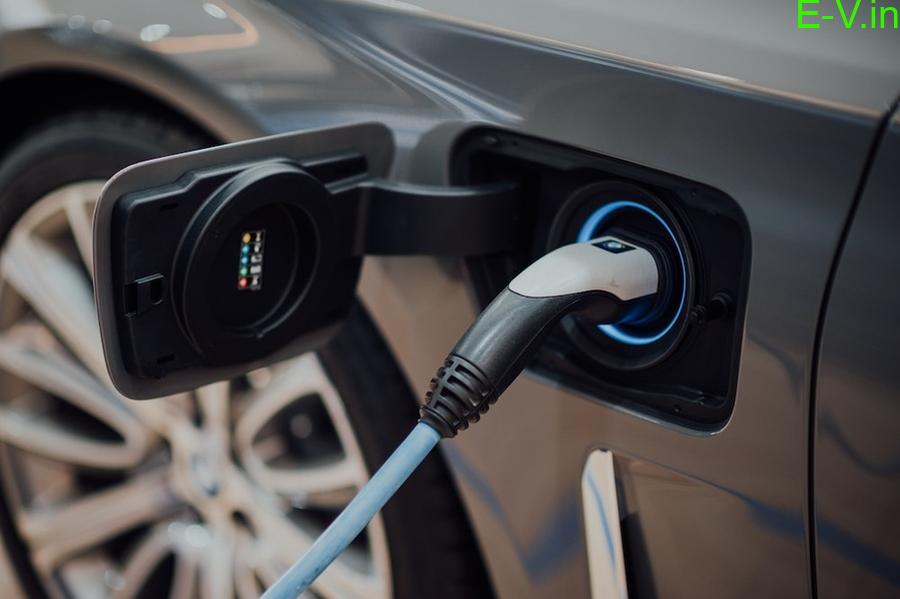
Challenges for mass EV adaption
Electric vehicles are the future and there’s no doubt in that statement. Some of the major automobiles are future-ready because they announced that upcoming automobiles from them will be all-electric. Tesla, the company behind automotive electrification quickly evolved as a market leader with its proven performance and concrete decisions. Inspired by Tesla strategies, startups are trying to execute the same. But these are set of challenges for mass EV adaption to the upcoming startups.

History
Electric vehicles had efficient electric motors when compared to engines in IC vehicles. Developments in both I.Cs and EVs were almost equal until the fuel was made available everywhere. EVs then had batteries that require a lot of time to charge and they were heavy. When the model-T was mass-produced IC vehicles got the market attention. Automobiles companies around the world had focused on competing and developing I.C vehicles only. Efforts for research on making efficient batteries were negligible and not a priority for automakers anymore. Here’s one of the earliest electric car to showcase the electric car capability a century ago.
Challenging factors for EVs
After analyzing, certain factors were found behind slower mass adaption of EVs which are mentioned below.
Driving feel
Drivers, especially youngsters are interested only in IC vehicles. The exhaust sound from combustion is a top priority for people to choose IC vehicles over EVs. Sound from a performance EV is similar to supersonic aircraft but it’s not liked by most drivers. Automakers like Emula made efforts to solve this problem in EV space by the addition of artificial combustion engine sound and realistic mechanical feedback.
Awareness
People in rural areas have a misconception about Electric vehicles. While they are satisfied with the fact that their fuel expenses are reduced, the only concern for them is aftermarket service which local dealers failed to offer. Companies must focus on rural areas awareness to tackle this misconception about EVs.
Refuelling problems
Fuel cell and battery-operated EV makers worked on their own without any regulations, unlike IC vehicles. In IC vehicles, one type of fuel is used for all vehicles in one category. For example, petrol is used for all motorcycles which is a fluid that takes shape of a fuel tank. But in Electric vehicles batteries are in different sizes, shapes for different vehicles and companies have their own swapping stations instead of single swapping station for all types of EVs. The fuel cell network is also in experimental stages.
Conclusion
EV makers need to focus on building an ecosystem to address the EV adaption issues while working on their own innovations. If the ecosystem is difficult to establish then, startups or existing automakers must be capable of solving these issues by taking over EV space as a leader like Tesla motors in order to make uniform and compatible developments across the country.
If you are an EV manufacturer or EV Dealer or EV Supporter who want to share news related to electric vehicles on our website, please send an email to crm@electricvehicles.in
For the latest electric vehicles news, follow electricvehicles.in on







